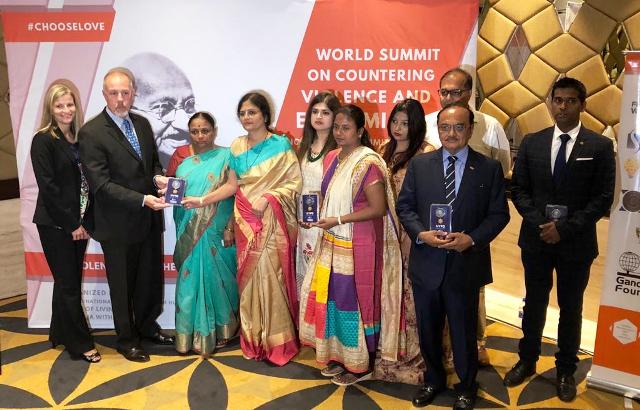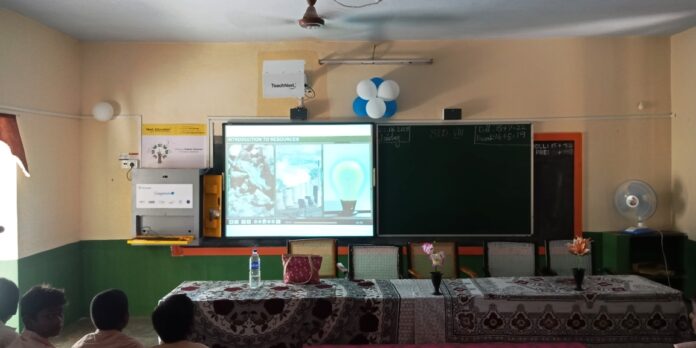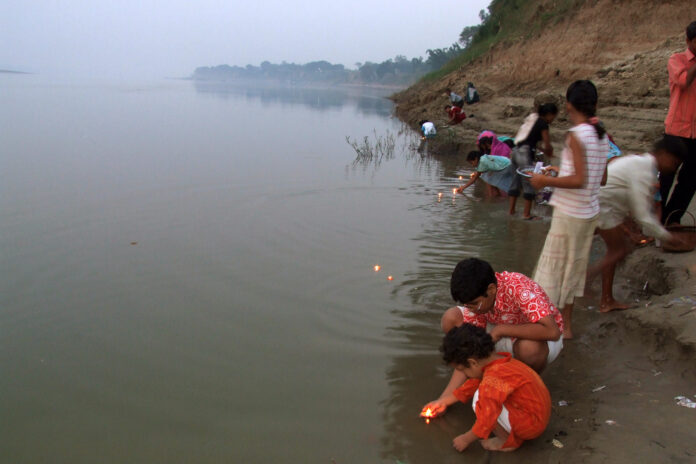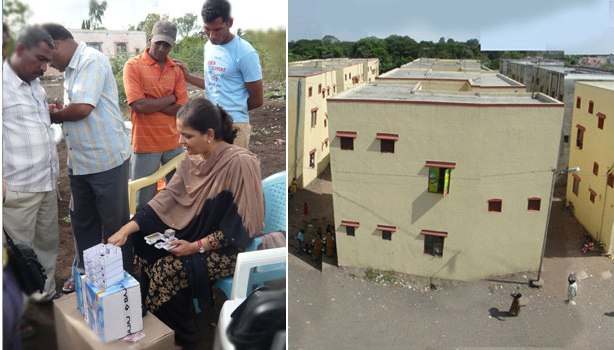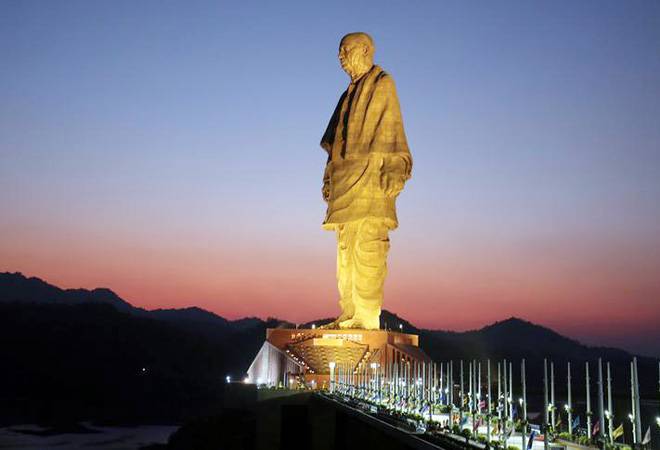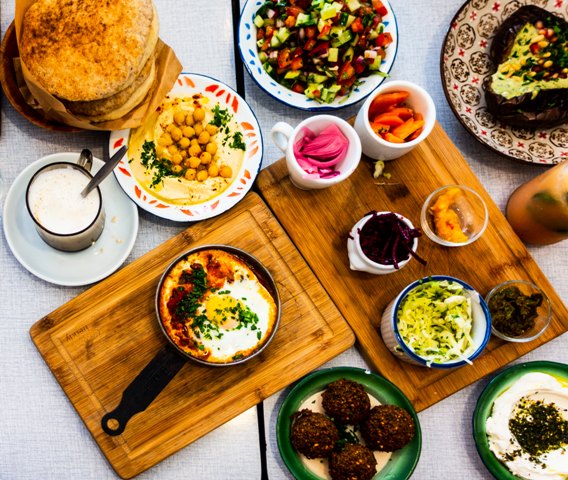“Biodiversity” is a fairly recent word, used for the first time in a publication by entomologist Edward O. Wilson in 1986. It tends to be of interest to only a few people, mainly those who study it.
In reality it refers to a simple concept, relevant to everyone on the planet, because it is nature, it is life itself and it is the diversity of life, on many levels, from the smallest (genes, the building blocks of life) to plant and animal species, up to the most complex levels (ecosystems). All these levels intersect, influence each other and evolve.
Scientists at the University of Stanford have compared the species and varieties of an ecosystem to the rivets that keep an airplane held together. If we start removing rivets, for a while nothing will happen and the airplane will continue to operate. But little by little the structure will weaken and, at a certain point, removing just one more rivet will cause the plane to crash.
In the history of the planet, everything has a beginning and an end, and in every era, many species have become extinct. But never at the horrifying rate of recent years, one that is a thousand times greater than previous eras.
Following a comprehensive study, this year the University of Exeter in England declared that earth is undergoing its sixth mass extinction (during the fifth, 65 million years ago, the dinosaurs disappeared). There is a substantial difference between this and the extinctions of the past: the cause. For the first time, humankind is responsible.
Humans continue to destroy rainforests, cement over the land, pollute the water and soil with chemical pesticides and fertilizers and accumulate plastic in the oceans. And they insist on marginalizing the earth’s last custodians: those small-scale farmers, herders and fishers that understand and respect the fragile equilibrium of nature.
If biodiversity disappears, what will happen to our food?
Together with wild flora and fauna, many plants domesticated by man and animal breeds selected for their milk or meat will also disappear. According to the FAO, 75% of edible plant varieties have been irreversibly lost. In the United States the figure is 95%. Today 60% of the world’s food is based on three cereals: wheat, rice and corn. Not on the thousands of rice varieties selected by farmers that once were cultivated in India and China, or on the thousands of varieties of corn that were grown in Mexico, but on the few hybrid varieties selected and sold to farmers by a handful of multinationals.
The international grassroots organisation Slow Food is putting in place projects to protect biodiversity around the world. To preserve the wealth of domesticated biodiversity, Slow Food created the Ark of Taste, which collects plants, animals and food products (breads, cheeses, cured meats etc) at risk of extinction that belong to the culture, history and traditions of communities around the world.
Another initiative that directly involves the food producers is the Presidia. Presidia are projects that take concrete action to safeguard a traditional food (an Ark product), a traditional technique (for fishing, farming, food processing, cultivation, etc), a rural landscape or an ecosystem.
The battle to save biodiversity is not just any battle. It is a battle for the future of the planet.
Every one of us can do something, in our local area, every day.
Thank you for reading the story until the very end. We appreciate the time you have given us. In addition, your thoughts and inputs will genuinely make a difference to us. Please do drop in a line and help us do better.
Regards,
The CSR Journal Team
Subscribe

